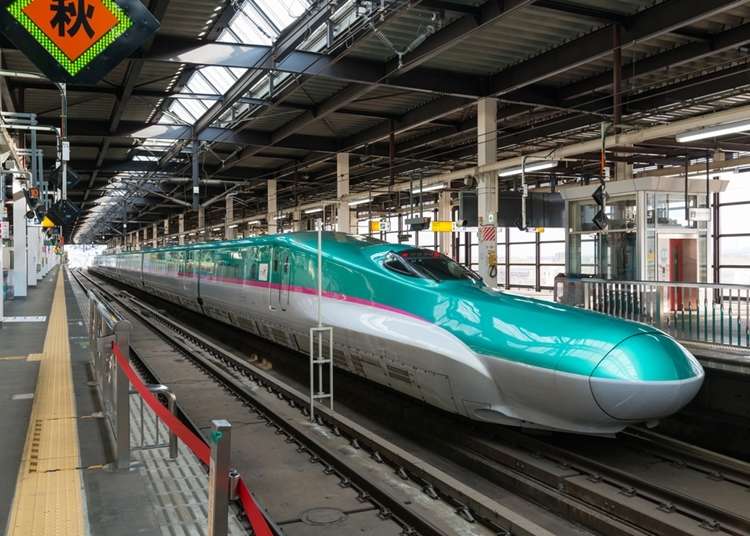
"Riding the Shinkansen" ranks highly among the activities tourists look forward to when visiting Japan. The Japanese bullet train is so well-regarded that in many ways, it might even rank as a symbol of the country as well!
There are many international Shinkansen fans, but what makes them fall in love with these trains? We asked our English editor, Timothy, from the United States, who has lived in Japan for about 20 years, about the appeal and surprises of the Japanese bullet train. Travel to Japan is currently restricted, but please keep his impressions in mind for the future.
Main image: Piti Sirisriro / Shutterstock.com
- Table of Contents
-
- Gran Class is like First Class on a plane?! True luxury in rail travel!
- The "Seven Minute Miracle" found only in Japan! What is this surprising ritual that's more than just cleaning?
- Is this really 300km/h? No vibration, such a smooth ride!
- In-car sales at your seat?! The quality of service and facilities are like those found on an airline
- The surprising smoking area
- It's confusing that eating and drinking on ordinary trains isn't ok, but OK on the Shinkansen?
Gran Class is like First Class on a plane?! True luxury in rail travel!
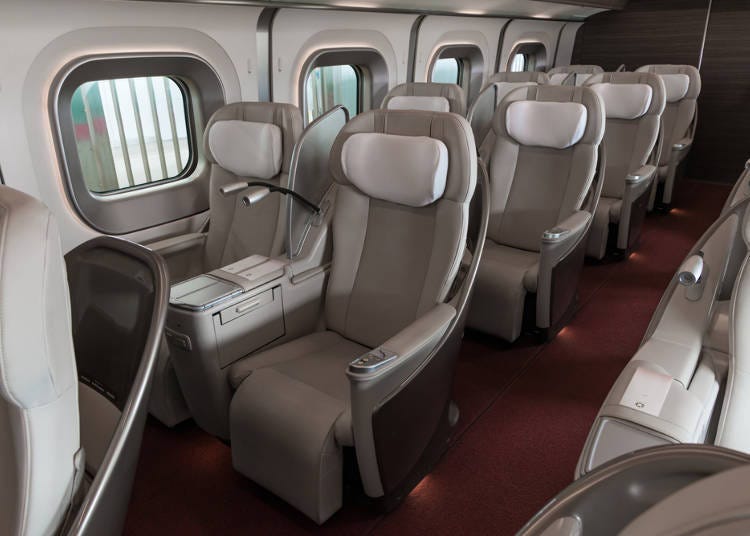
Timothy used Gran Class for the first time on a trip to Aomori. He was surprised by the service, and the ride quality was beyond imagination.
"I've never flown First Class, but Gran Class has got to be comparable. It was a perfect ride!"
Timothy said that when he first came to Japan, he used a Green Car with the Japan Rail Pass. The difference between the Green Car and Gran Class is about 3,000 to 5,000 yen, but he says the latter offered more services than he had imagined.
"First of all, there's service with free-flow drinks, and I enjoyed sampling some of the sake and wine. It's a wonderful concept, given that the drinks are all from the areas the train passes through - Tohoku, in my case. I also enjoyed a light meal that was presented elegantly in a Japanese bento box. My train departed early in the morning, and by the time I arrived in Aomori, I was feeling a little tipsy (laughs), but the experience was incredible."
The wide Gran Class seats have footrests and can recline up to 45 degrees, offering excellent comfort. There are four seats per row in the Green Car, but only three seats per row in Gran Class, so you won't have to worry about being crowded by other passengers.
"I haven't used American tourist trains very often, but I have taken the Acela Business Class, which would be the closest comparison. Still, I don't think I have seen seats quite like Gran Class anywhere else. The seats were comfortable; I could enjoy the scenery, and the service was probably just fine, but I don't have a distinct memory beyond that. Meanwhile, from the moment you board the Japanese bullet train, it's a different experience entirely. And Gran Class elevates that to the next level - kind of basking in a bubble of luxury while the beautiful countryside slips past. It's really something else!"
First Class airline seats are expensive, but the cost of Shinkansen Gran Class seats is relatively inexpensive compared to the price of regular seats and you can get this great service for about 11,000 to 16,000 yen. Receiving this level of service on a train is very surprising and you'll definitely want to try it out!
The "Seven Minute Miracle" found only in Japan! What is this surprising ritual that's more than just cleaning?

Japanese cities and trains have a well-earned reputation for cleanliness, and the always-spotless Shinkansen is no exception. The cleaning process is so fast and thorough that it's a hot topic among overseas travelers.
"When a Shinkansen arrives at its final stop, the cleaning staff have seven minutes to clean the train and turn it around for the next passengers – it's called the 'Seven Minute Miracle.' It really is magical, what they accomplish in that time. I wonder if the same level of cleaning might take like an hour or more anywhere else."
Timothy was also surprised by the staff bowing in front of the Shinkansen crew before and after cleaning.
"It's a touch that really makes me smile every time I see it. You can feel the team play and pride involved. The cleaning staff and bullet train drivers exchange bows as the Shinkansen cruises in to the station - kind of passing the baton over. And when the cleaning crew finishes their task, they bow again to the passengers. That's why we, too, may feel something special before riding."
In the United States, there doesn't seem to the same sense of respect for "things" like the Shinkansen, so this seems to be a distinctly Japanese feeling.
Timothy also noted that even in these times of Covid-19, he feels that even with such a short cleaning time, he can ride the Japanese bullet trains with confidence for his health and safety.
When you see the cleaning process, accomplished with both technology and warm hearts, it's not just cleaning, but like you're watching a kind of performance. From Timothy's point of view, he realizes that a Shinkansen trip is made more enjoyable thanks to the cleaning staff.
Is this really 300km/h? No vibration, such a smooth ride!

The Shinkansen has a maximum speed of 320km/h. For his first ride, Timothy thought he might enjoy the speed like being on a roller coaster, but the actual feeling was unexpected.
"I was actually pretty surprised by the lack of anything special. I don't feel any speed when I'm on the Shinkansen. I kind of expected the train to launch and lurch and all of us would be pushed back in our seats in much the same way as when a plane climbs after takeoff. But there's none of that; you don't feel that onboard. The train gradually accelerates and you just happen to notice everything streaking past."
Timothy was able to ride in comfort with little vibration and a smooth view of the scenery outside. But he also wanted to feel a sense of traveling at great speed.
"It's kind of a nerdy thing to do, but sometimes I can't help but want to feel just how fast these Japanese bullet trains are going. So if you're the same way, I would recommend taking a Yamabiko-class local train to go to a station where only the local trains stop. And when a Hayabusa-class train zips through, you'll really get a rush at just how quickly they clear the station."
That's a common occurrence, so if you're standing on the platform of a station where the Shinkansen doesn't stop, you can witness the speed of the passing train. Be sure to ride and watch for a full experience of Shinkansen speed!
- Tokyo to Shin-Yokohama (~2,810 yen o/w): The trip takes around 15 minutes and runs mostly through urban areas. From Shin-Yokohama, hop aboard either the JR train or subway and enjoy a day trip to Yokohama.
- Tokyo to Odawara (~3,610 yen o/w): Odawara is a seaside castle town that's around 33 minutes from Tokyo via Shinkansen. The scenic trip runs through a mix of urban and suburban areas.
- Tokyo to Atami (~4,070 yen o/w): This scenic 41-minute ride to the hot springs town of Atami also runs through a mix of urban and suburban areas. Especially recommended in late January/early February for the early blooming cherry blossoms.
In-car sales at your seat?! The quality of service and facilities are like those found on an airline
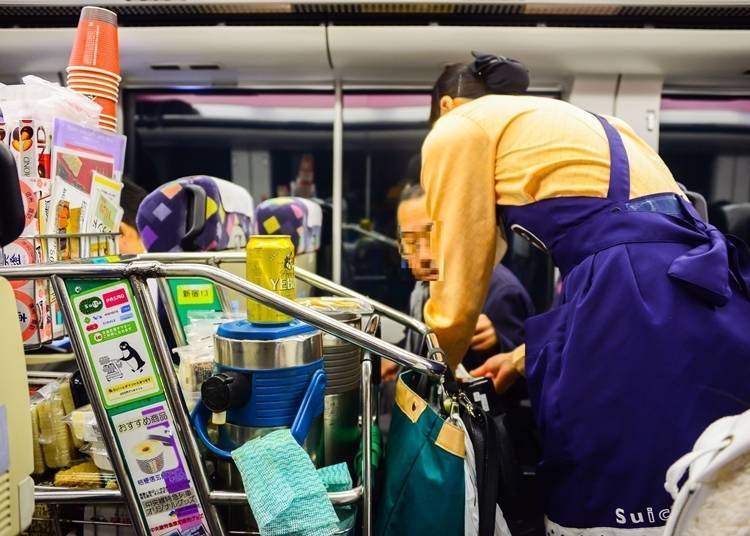
Not only because of Gran Class, but for Timothy, the Shinkansen is more like a plane than a train. One reason is the in-car sales at your seat.
"I was surprised that someone like a flight attendant would come past each seat with a cart, selling lunch, snacks, and drinks. I don't really associate this kind of service with trains in the US."
Timothy said the service was smooth and that even people who do not speak Japanese can order simply by pointing at what they want. You can also pay with a Suica - an IC card - for convenient cashless payment.
But the high-quality facilities also surprised Timothy. "I suppose that in the United States, train toilets have something of a suspicious image. But the Shinkansen is clean, and soap is automatically dispensed at the washroom sink. It's multifunctional and very high-tech - and completely passenger-friendly. The quality is like an airplane's."
International travelers may want to take the Shinkansen simply because of the level of quality and service not found in train travel overseas.
- For a scenic view of Mt. Fuji (weather permitting), reserve Seat E on the Tokaido Shinkansen and check out the window between Mishima and Shin-Fuji stations!
The surprising smoking area
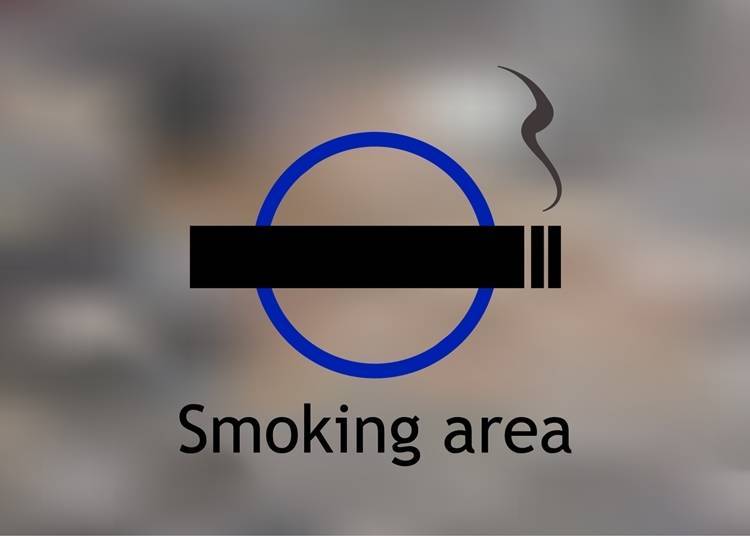
While the Shinkansen gave many positive impressions, there was one decided negative – the smoking area.
"I'm not a smoker. And in the United States, there are very tight regulations on smoking. You simply can't smoke in public places. So when I came to Japan, I was pretty shocked by the relaxed attitude toward tobacco. I was surprised that the old Shinkansen even had smoking seats. Now there aren't any smoking seats, but there's a smoking area instead - and you can still smell it a bit. So that may be a little worrisome for people who don't like cigarette smoke, and I have to wonder about the effect on the cleaners and crew as well."
It's true that on the old Shinkansen, even if you chose a non-smoking seat, you could smell cigarette smoke from the next car. More recently, as stations and trains have become more smoke-free, designated smoking areas have been added. Non-smokers may not be as bothered, but for some visitors from abroad, it may be surprising that there's a place to smoke in public.
In Japan, it is still common to have smoking spaces even in the city center, but in most countries in Europe and the United States smoking is prohibited in public places and restaurants. Timothy said that from an American perspective, Shinkansen smoking areas seemed very out of date, and although Japan has become stricter about smoking, it may still surprise non-smoking travelers.
It's confusing that eating and drinking on ordinary trains isn't ok, but OK on the Shinkansen?
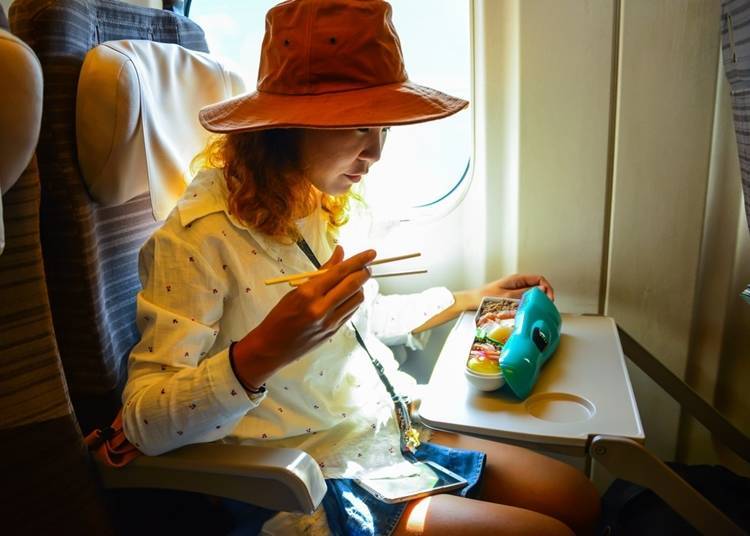
Timothy said he was at first confused about whether to eat or drink on the Shinkansen or not. He was surprised that Japanese people eat and drink on long-distance trains such as the Shinkansen, but don't eat and drink on conventional lines like the Yamanote and Chuo Lines.
"I'm happy to be able to eat and drink while enjoying the scenery from the Shinkansen, but why isn't it possible to eat or drink on the regular lines? It's a curious point about Japanese train etiquette."
Long-distance trains like the Shinkansen and sightseeing trains have tray tables, making it easy to eat and drink and many people enjoy local lunch boxes. There's no clear rule that eating and drinking on conventional lines isn't allowed and OK on the Shinkansen, but, rather, it's a matter of etiquette. In Europe and the United States, people might eat and drink on any class of train, so the distinction is less clear.
"I was surprised that I could drink alcohol on the Shinkansen. In the U.S., that's pretty much a red card."
Pre-COVID, alcohol was typically sold on the Shinkansen. Despite being a public place, passengers are very tolerant of drinking onboard. That's simply the norm for Japanese people, but may surprise visitors since some countries prohibit drinking on trains.
Some Shinkansen lines have temporarily suspended sales of alcoholic beverages due to COVID-19, but when sales resume, you'll be able to enjoy another aspect of Shinkansen travel you cannot experience in US train travel.
Whether you use it regularly or it's another new experience when visiting Japan, the Shinkansen is a fast, amazing method of transportation with very high-quality service.
We're looking forward to the next time we can see the beautiful scenery from a window aboard a Japanese bullet train while drinking sake and eating a delicious lunch box - and hope you are too!
Written by:

- Area
- Category
*Prices and options mentioned are subject to change.
*Unless stated otherwise, all prices include tax.
Limited time offer: 10% discount coupons available now!
Recommended places for you
-
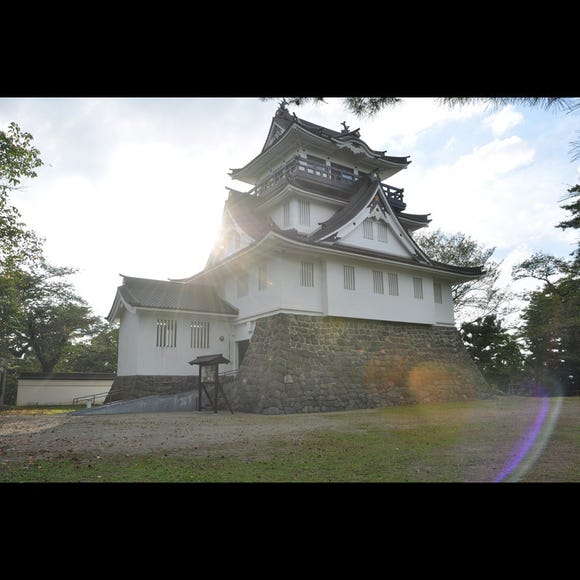
Yokote Park
Parks
Surrounding Areas Of Akita
-
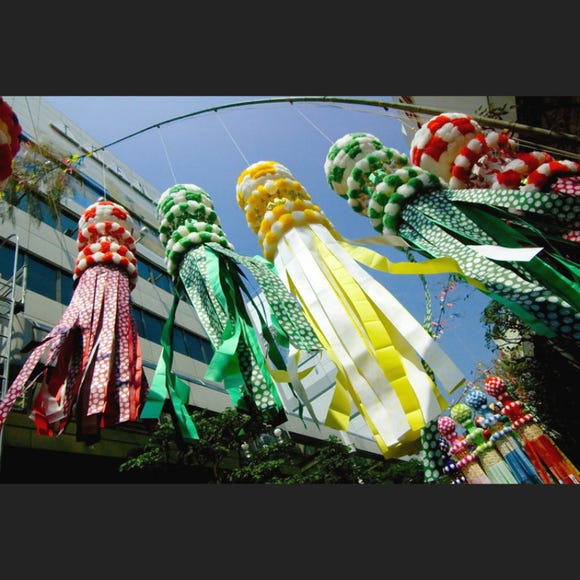
Sendai Tanabata Festival
Japanese Festivals (Matsuri)
Sendai And Matsushima
-
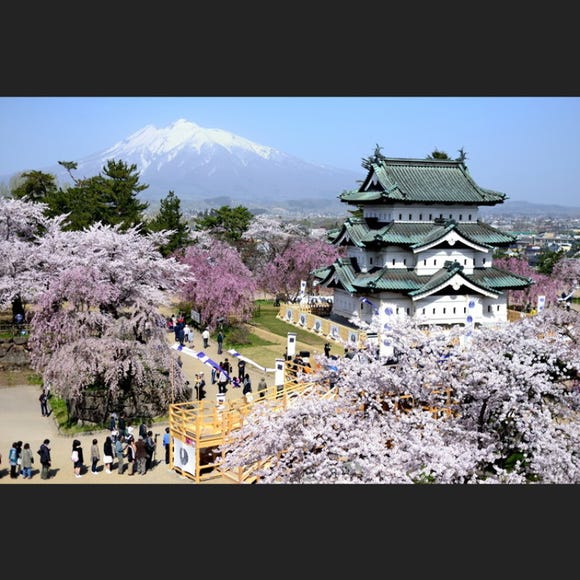
Hirosaki Park
Parks
Aomori, Hirosaki And Hachinohe
-
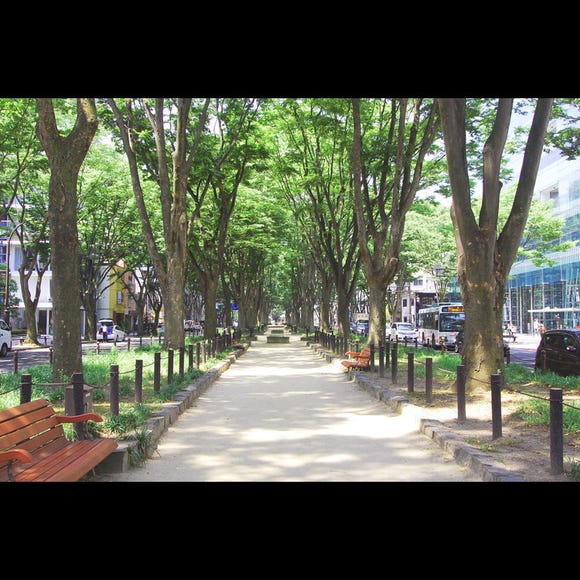
Jozenji Street
Other Townscapes
Sendai And Matsushima
-
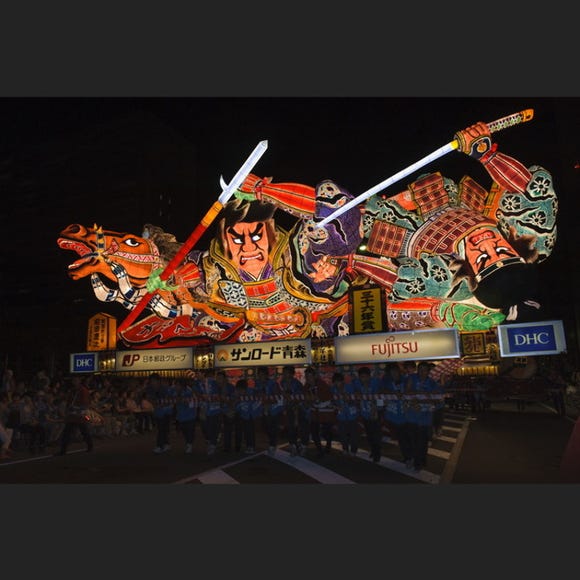
Aomori Nebuta Festival
Japanese Festivals (Matsuri)
Aomori, Hirosaki And Hachinohe
-
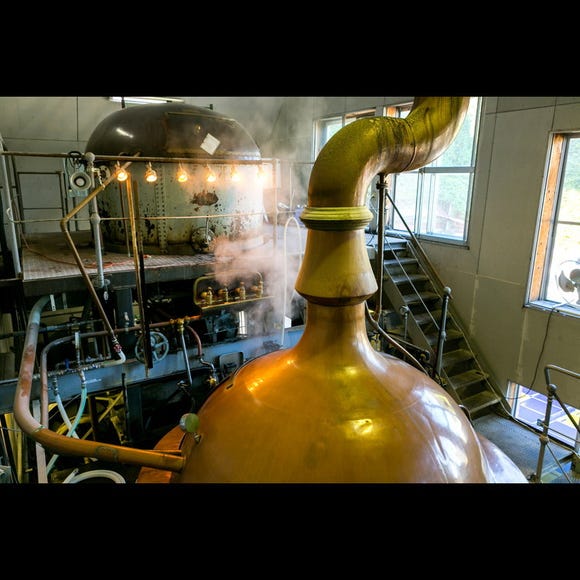
Baeren Brewery Co., Ltd.
Other Sightseeing
Morioka, Hiraizumi And Hachimantai
-
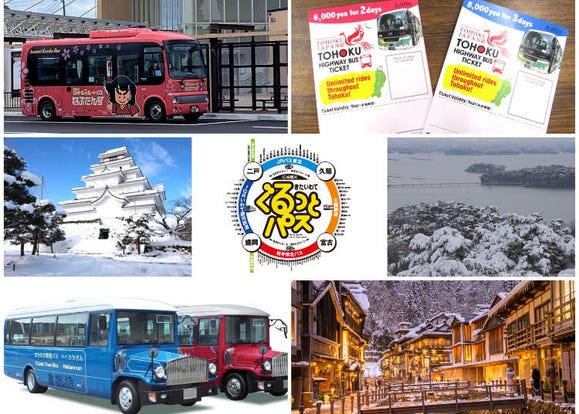
Explore Tohoku in Winter With 5 Budget-Friendly Travel Passes (Local Recommended!)
-
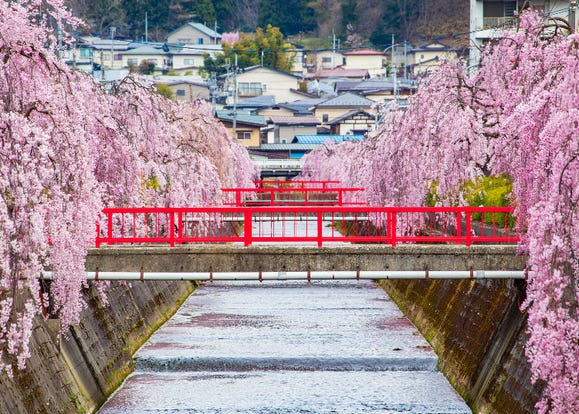
10 Breathtaking Places in Yamagata to See the Cherry Blossoms
-
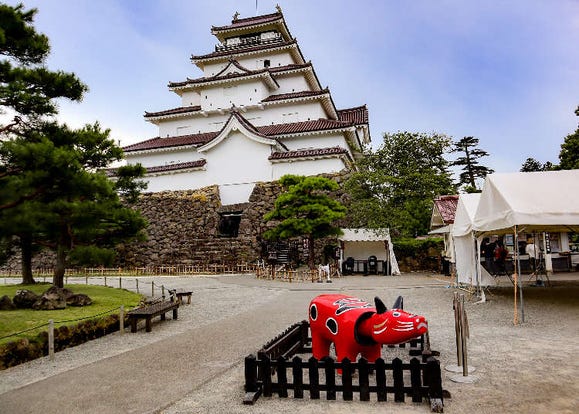
Aizu-Wakamatsu Guide (Fukushima): A Day in the City of Sake and Samurai
-
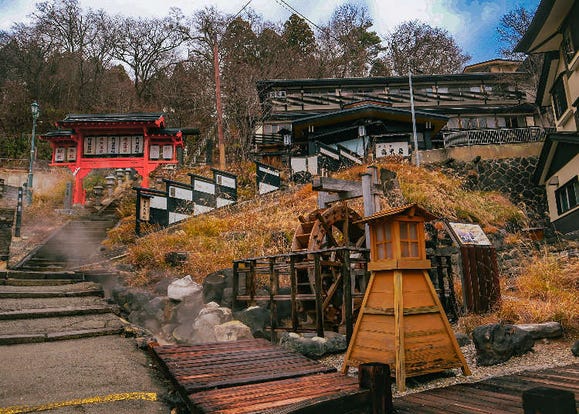
Plan Your Visit to Zao Onsen (Yamagata) - A Comprehensive Guide
-
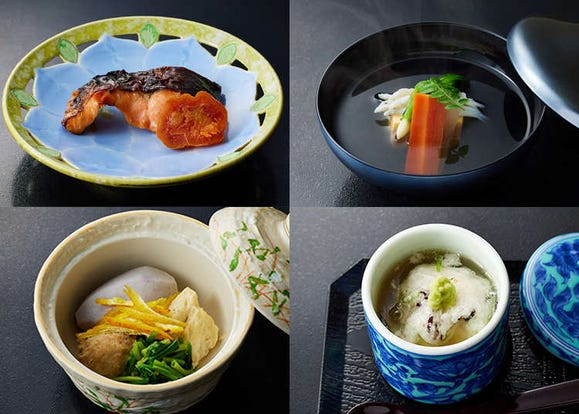
Japan’s Top Chefs Gather! New Cuisine Showcasing the Charms of Fukushima, a Treasure Trove of Produce
-
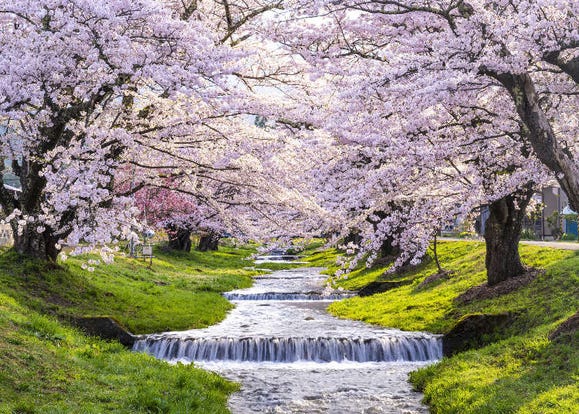
10 Dreamy Places in Fukushima to See the Cherry Blossoms
-
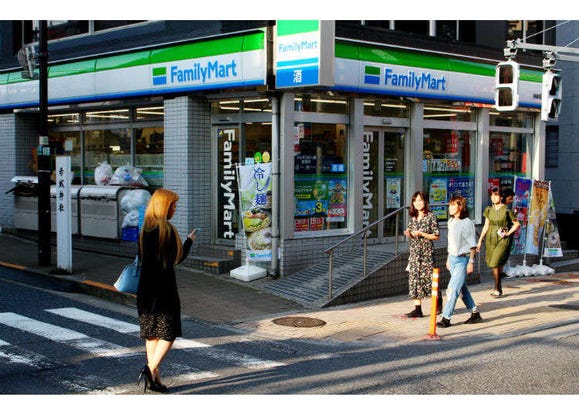
10 Important Japanese Phrases to Know Before You Enter a Japanese Convenience Store!
-

Mountain Temples and Snow Monsters - Discover the Mysterious Land of Yamagata
-
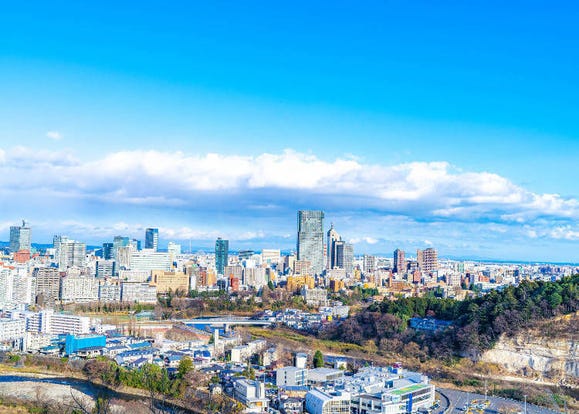
Your Trip to Sendai: The Complete Guide (Activities, Hotels, Savers & More)
-
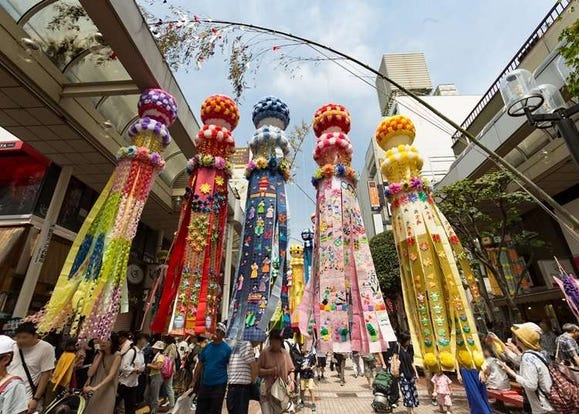
Summer In Sendai: All You Need To Know When Traveling To Sendai Between June And August!
-

Togatta Onsen Guide: Best 6 Places to Indulge Yourself in Miyagi Prefecture's Magical Hot Springs Resort Village
-

19 Best Things to Do in Morioka: See, Eat, and Shop Your Way Through Iwate's Capital City













